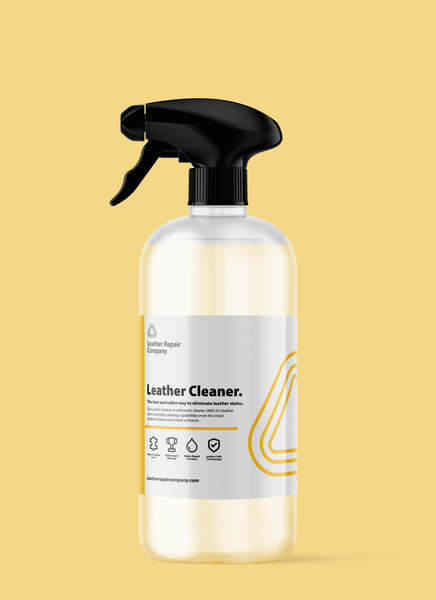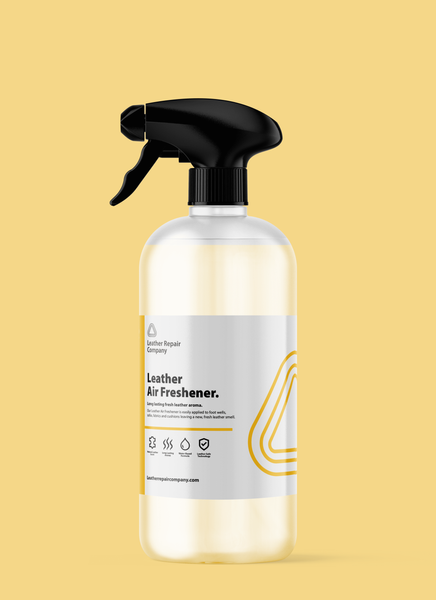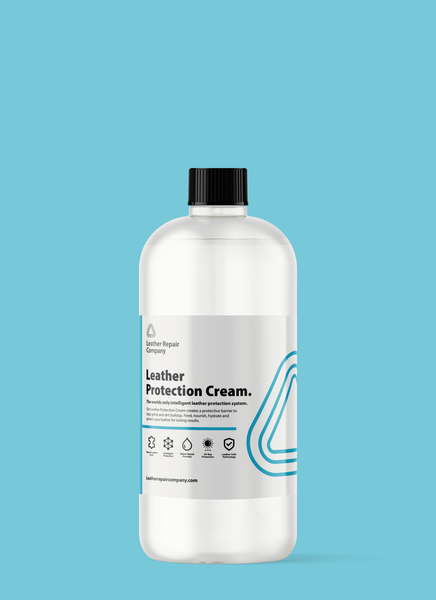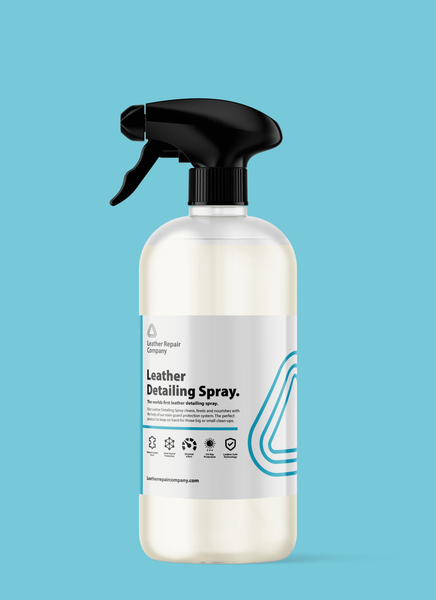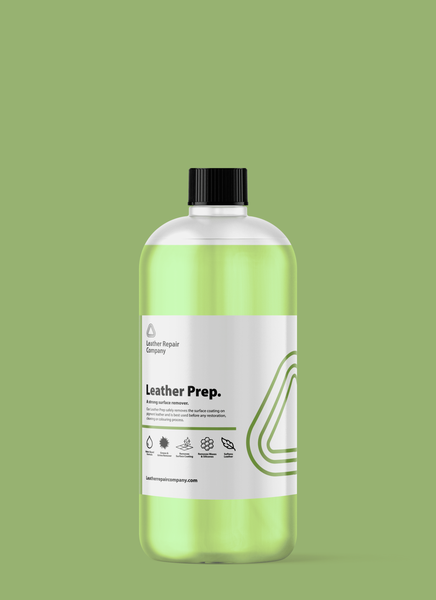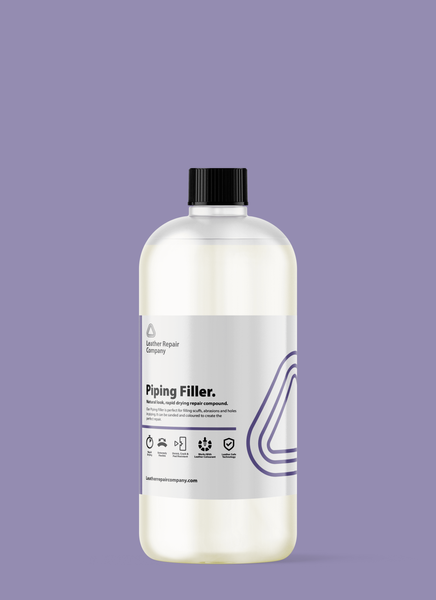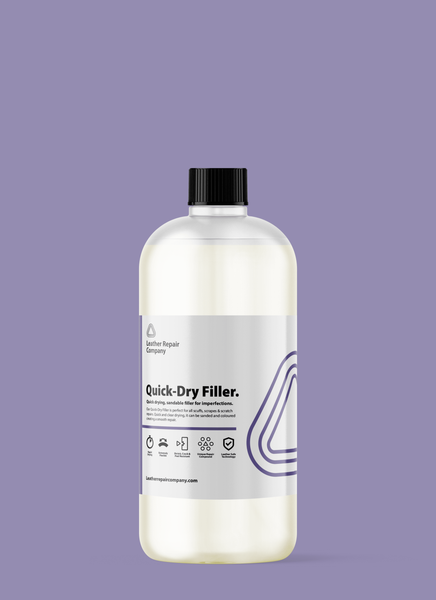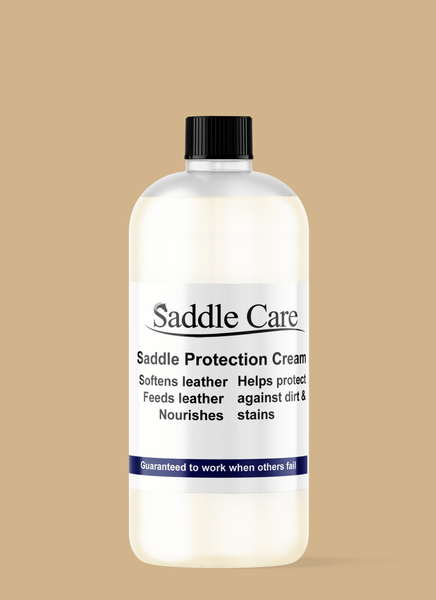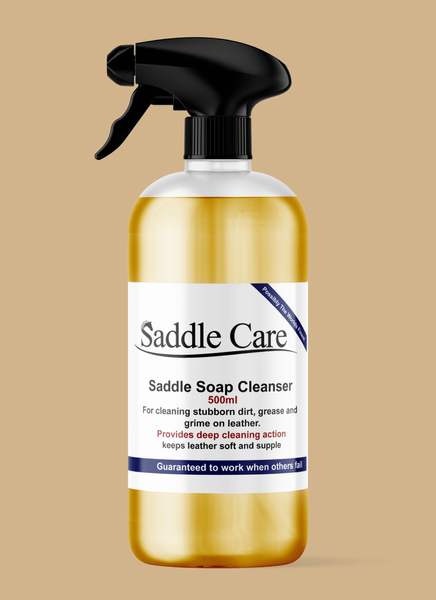Removing Diesel & Oil Stains From Leather
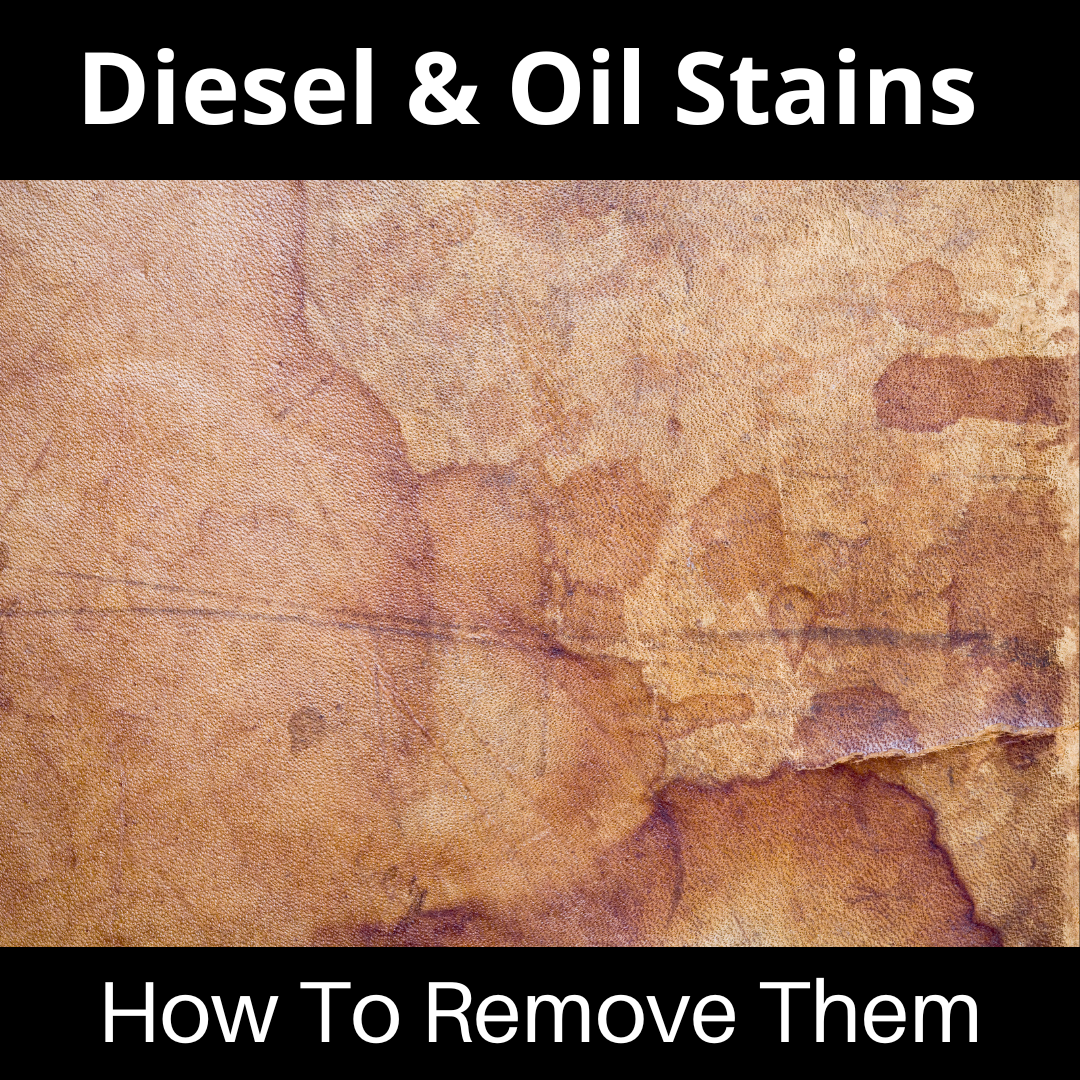

January 17, 2024
Jane Smith, Managing Director
Diesel and Oil Can Cause A Lot Of Damage, Learn How To Remove It
These simple to follow steps, will help you to resolve the possibility of long-term damage to your leather after getting diesel on your leather item.
Diesel stains can ruin the natural beauty of leather items. In this guide, we unveil the intricate process of removing diesel stains from leather using a natural leather cleaner, ensuring your prized possessions regain their lustre in a sustainable manner.
Recognising the urgency of addressing fresh stains promptly, emphasising the importance of gentle yet effective cleaning methods. Once you get diesel on leather, you must act at once to remove, the longer you leave the diesel on the leather the more likely it’s going to soak deep into the collagen fibre network and become impossible to remove.
Blotting Up The Diesel / Oil
Begin the stain removal process by blotting the affected area with a clean, absorbent white paper towel. Swiftly absorb as much excess oil as possible to prevent deeper penetration into the leather. As you extract the diesel / oil, with the white paper towel, keep replacing it until no more soaks up onto the cloth. You have to hold the paper towel against the stain without pressing or you will press the diesel into the leather rather than extract it.
Make A White Vinegar and Water Solution
Combine equal parts of distilled water and white vinegar to create a powerful stain-fighting solution. This mixture acts as a natural degreaser, breaking down diesel residue effectively. Apply the white vinegar and distilled water solution to the stain, allowing it to permeate. Gently rub the affected area with a soft terry towel cloth, ensuring the natural cleaner penetrates the leather without causing damage. Don’t rub too hard as you don’t want to create damage to the surface coating if you are dealing with a pigmented leather, if its aniline then it’s a very porous leather so great care has to be taken, on suede and nubuck leather items, again great care has to be taken not to release colour by rubbing to hard and you don’t want to spread the diesel into other areas of the leather.
Natural Leather Cleaner Application Step
Depending on what type of leather you have, will determine what leather cleaner you need, for pigmented leather you want LRC1 Leather Cleaner, for fine Nappa leather you want LRC2 Luxury Leather Cleaner, for aniline leather you require LRC7 Aniline Leather Cleaner, for suede and nubuck you require LRC52 Suede & Nubuck Leather Cleaner. Follow the product's instructions, applying the cleaner to the stain and using a soft brush or bamboo fibre cloth to work it into the leather. Focus on the stained areas with precision, this will also help neutralise the odour of the vinegar and to extract any diesel left in the collagen fibre network that’s got deep into the leather. Once you have extracted the remaining diesel we then proceed to clean the full item.
Cleaning the full item to ensure no tide mark is created with concentrating on the stained area, clean as normal reading the instructions on the bottle of leather cleaner.
Conditioning or Protecting
Once the cleaning process is completed and you have allowed your item to dry naturally for at least 48 hours for Suede and Nubuck and around 24 hours for pigmented and Nappa leathers, you can then follow this with a natural leather conditioner protection cream or for suede and nubuck the suede and nubuck protection spray. By applying the protection cream or protection spray you help provide a barrier for future accidents, to help reduce the risk of the spill damaging and staining the leather.
With protection cream and leather protection spray apply to a red LRC Application Pad and work into the leather surface in a circular motion, making sure you don’t leave any streaks or high spots.
On suede and nubuck spray on the protection spray and then using a suede and nubuck brush, brush on and then spray again.
We hope our guide has helped you with the issues of diesel stains on your leather, if you happened to spill oil it’s the same process to remove oil as it is diesel, that could be engine oil or even cooking oil, no matter which the process of removal is exactly the same.
Why Not Contact Us?
Call on: 01482 606864
Email us at: help@leatherrepaircompany.com
